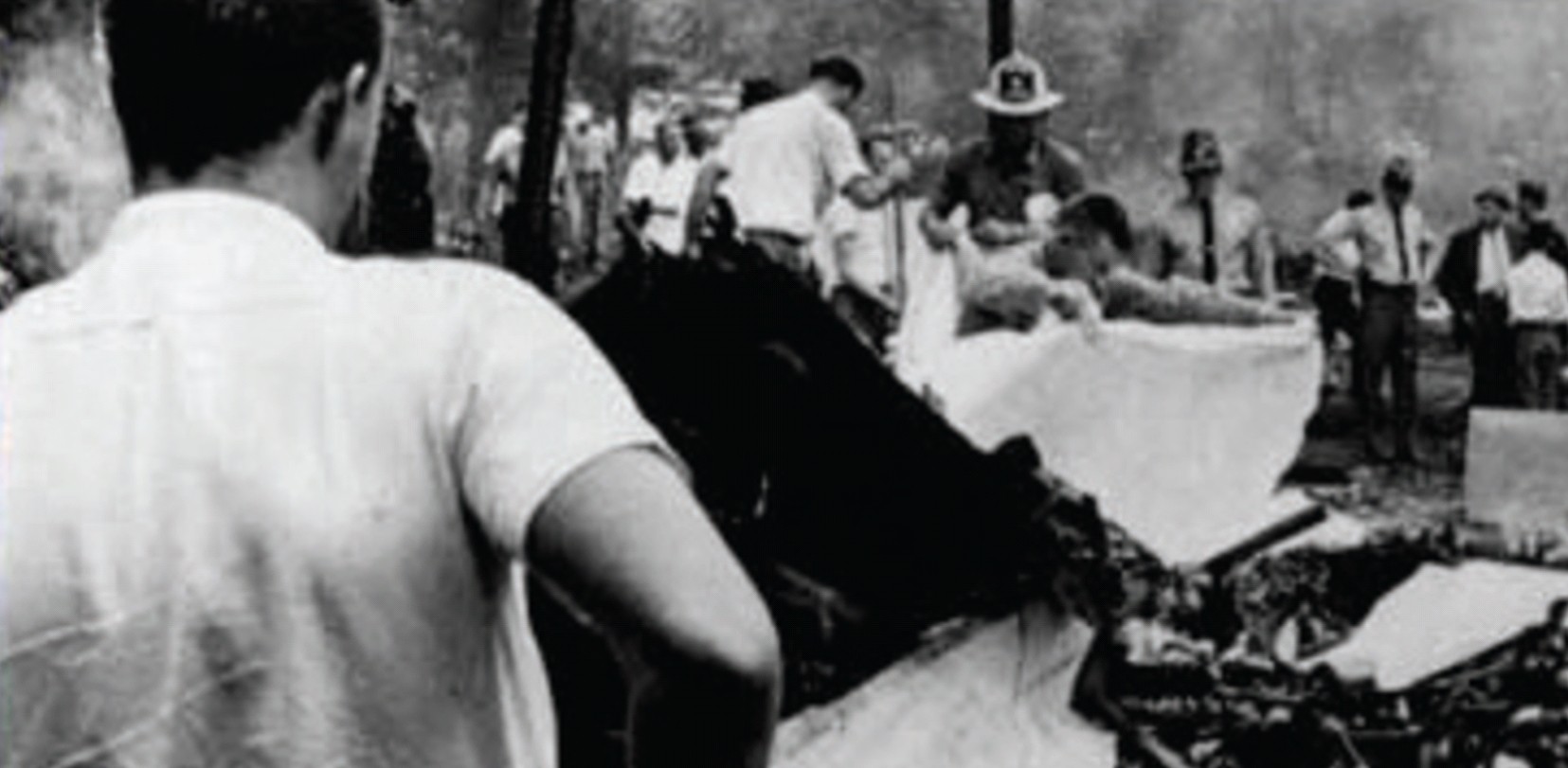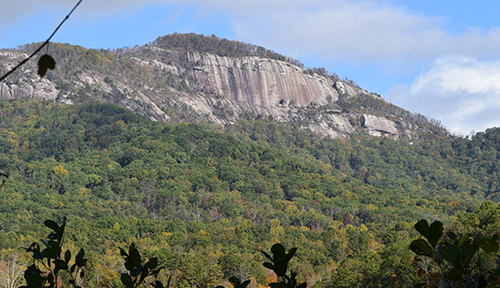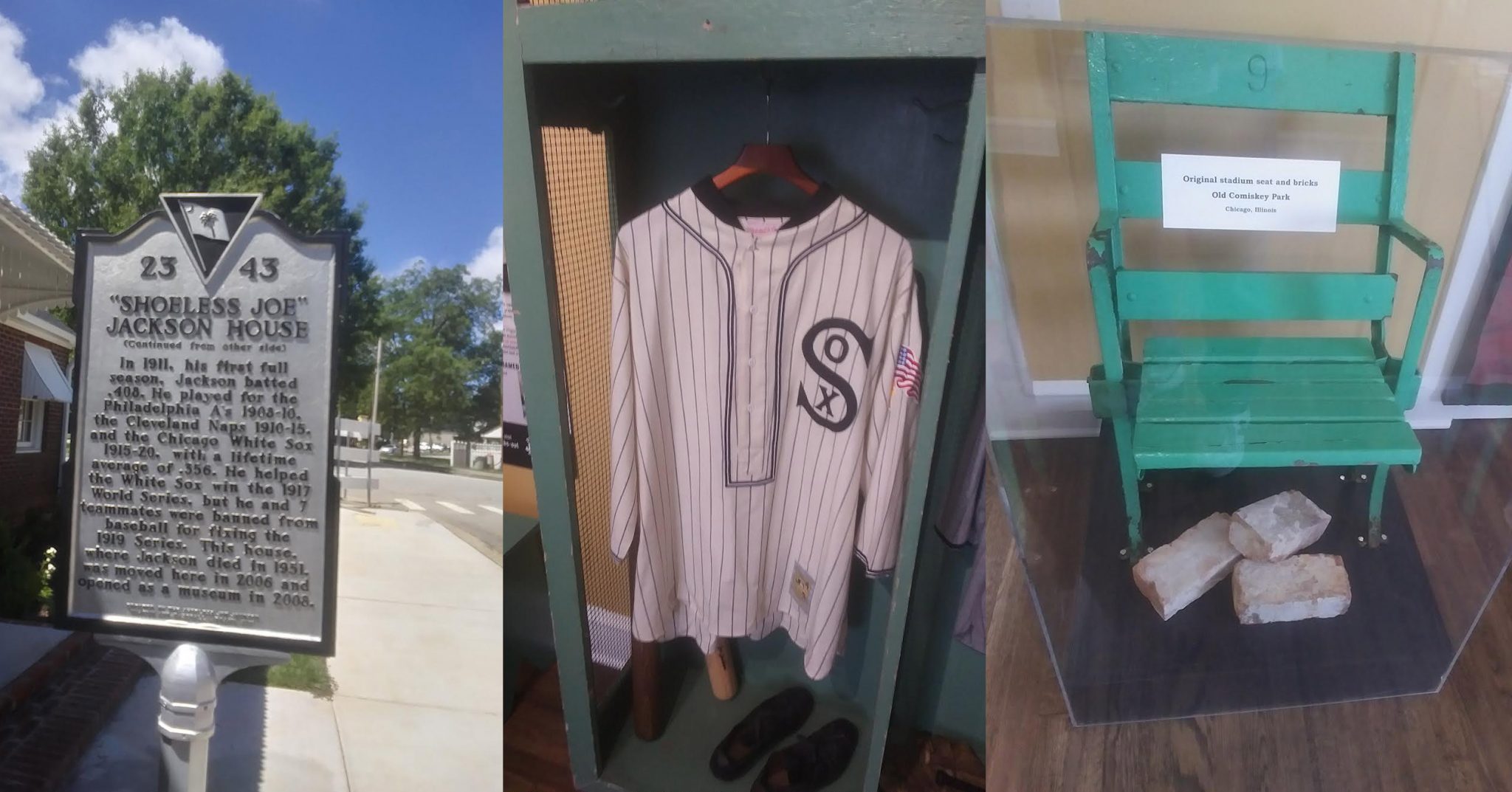Tales from the Dark Corner of Henderson County: The Roaring 20s of Hendersonville Part 2
In the years leading up to the 1920’s in Hendersonville, blockade distilleries and the making of moonshine was commonplace whether it was being made for personal consumption or for profit. The making of moonshine was not illegal unless taxes were not paid on it, and that is where blockade distilleries got their name.
Several areas in and around Henderson County became infamous for their blockade distilleries. Areas known as Cathead in the Crab Creek community, Hog Rock in Edneyville, and the most infamous area for operating blockade distilleries was known as the Dark Corner.
The Dark Corner was an area in the southwest corner of Henderson County that also encompassed a corner of Polk County in North Carolina and Spartanburg and Greenville Counties in South Carolina. Lake Lanier and the Greenville Watershed now cover most of what used to be the Dark Corner.
Government agents that were known as “Revenuers” were sent in by the government to locate these blockade distilleries and were met by mistrust and more often than not, hostility and violence. It is widely believed that many Revenuers went looking for blockade distilleries and never returned.
It was from the Dark Corner that the most heinous murders in North Carolina occurred during the 19th Century. It involved moonshining, Revenuers, and revenge. Henderson Adair and his two sons, Govan and Columbus, were caught running a blockade distillery in the early 1870’s and the only two witnesses that were returned in the indictment against the Adair men was a biracial couple, Silas and Polly Weston. Silas and Polly and their four children lived in nearby Rutherford County.
Before the Weston’s could testify against the Adair’s, Govan and Columbus and an acquaintance of theirs named Martin Baynard, broke in on the Weston family one night and murdered four of them in an act of revenge and burned their cabin down to try to cover up the murders. Polly and one of her daughters were the only survivors but they were badly wounded.
The Adair’s were sentenced to be hanged to death on 12 July, 1872. Although the crime occurred in Rutherford County, the sentence was to be carried out in Henderson County due to “public sentiment.” The gallows in Hendersonville stood where the Curb Market stands today, on the corner of Church Street and Second Avenue.
Martin Baynard avoided the Gallows reportedly escaping in his wife’s clothing the night before he was to be hung. Baynard and his wife made their way to Texas where he later died.
As reported by the Asheville Pioneer on 3 August, 1872 the Adair’s requested to be buried in a single grave along the Rutherfordton and Marion Turnpike near Jamestown in Rutherford County about 11 miles from Rutherfordton. This particular location was chosen by the Adair’s, the stated purpose being of “haunting travelers as they passed.”
Murder, a trial that captivated much of the South and was even reported in the Chicago Tribune on 6 May, 1872, a daring escape, two hangings, and final resting place that had a supernatural purpose and it all started because of a blockade distillery.
More information can be found on the hanging on hendersonheritage.com under “Sheriffs, Town Marshalls 1860 to 1900” in the section on Terrell Wilkie Taylor and on Moonshining in the Terry Ruscin book Hidden Henderson County.
Read Part 1 here: Part 1 of The Roaring 20s of Hendersonville, North Carolina







